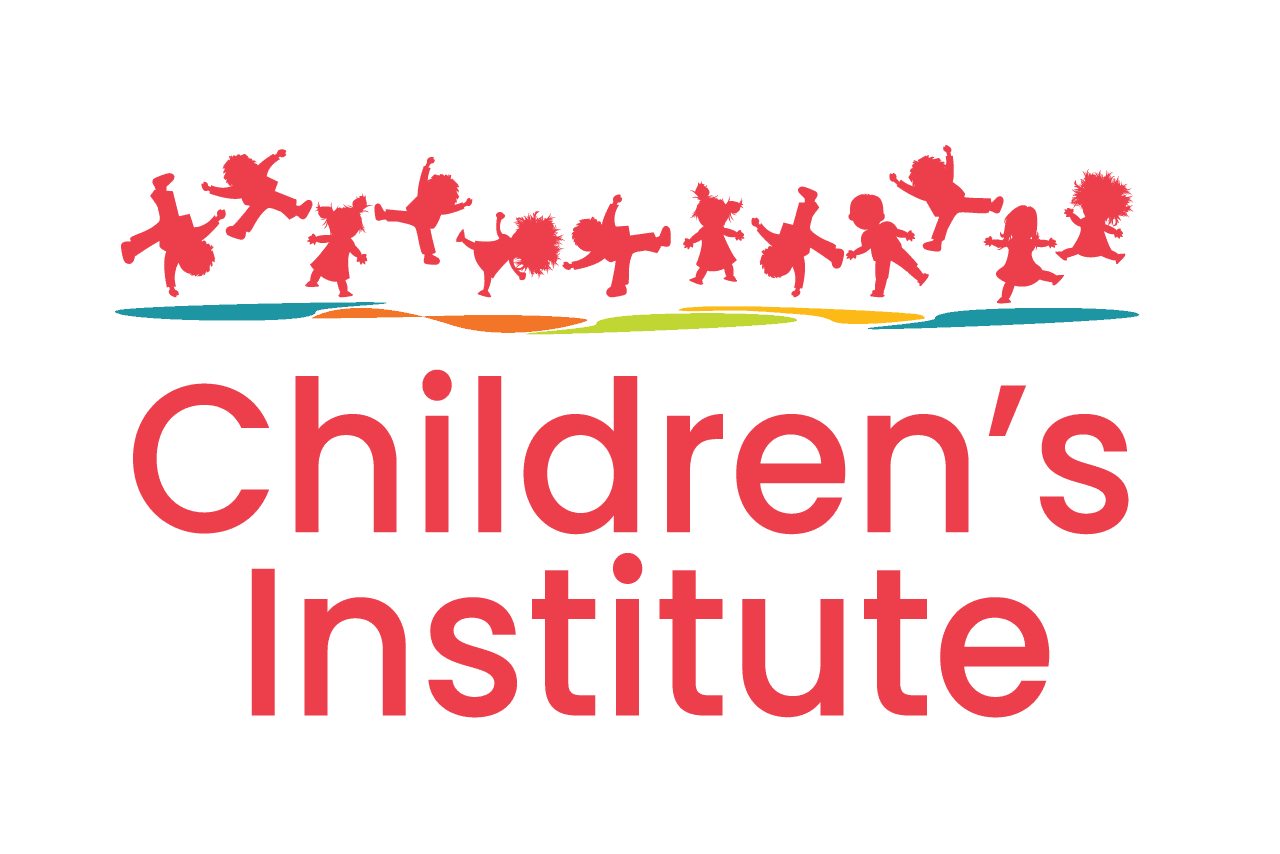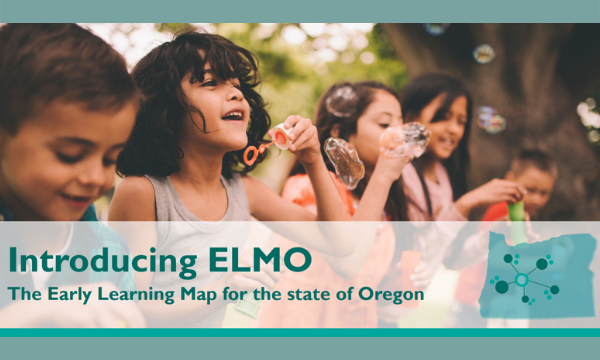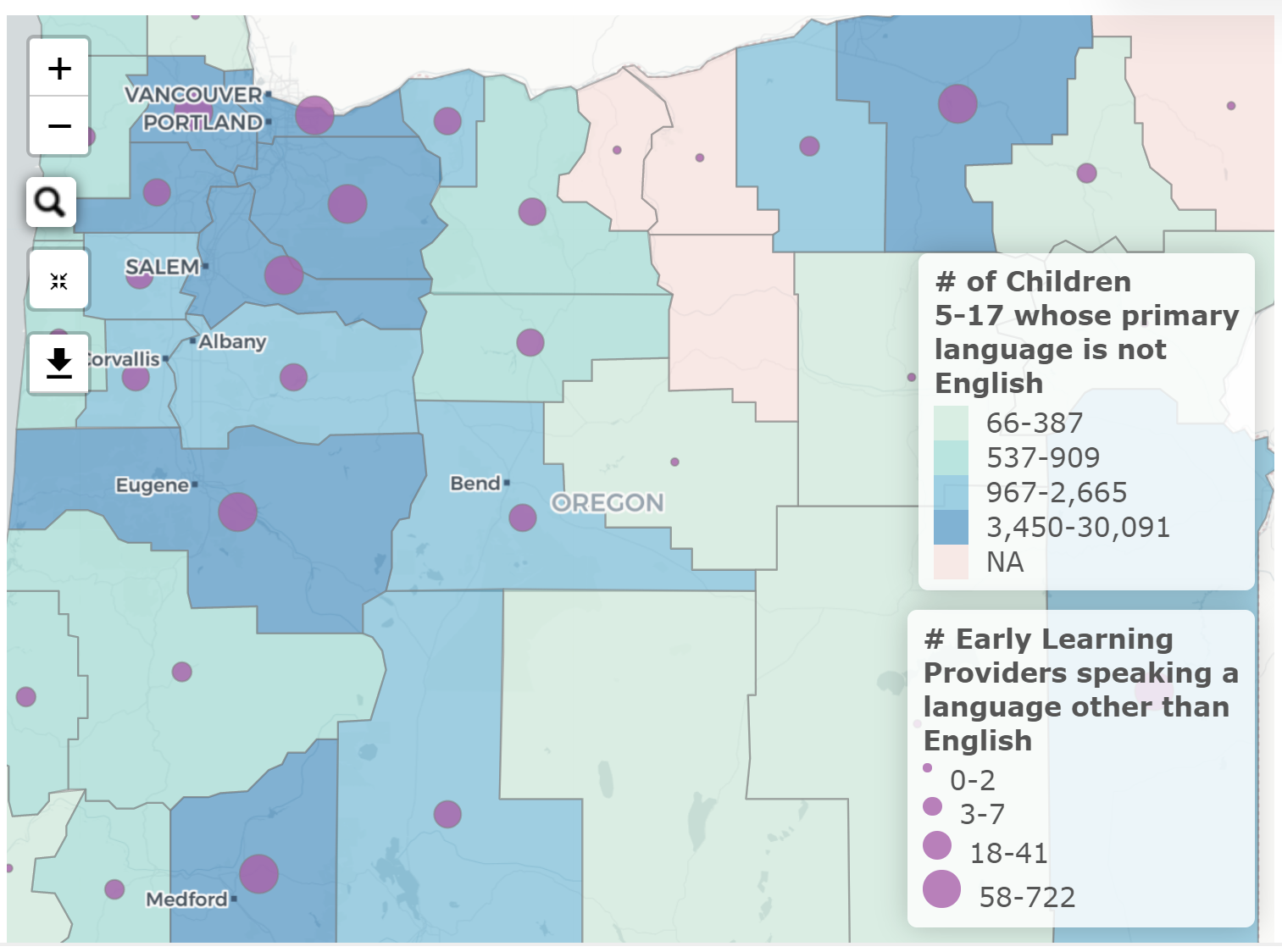Oregon’s Early Learning Division has released the Early Learning Map for Oregon (ELMO), an interactive data and planning tool that can help schools, community and state agencies, Early Learning Hubs, advocacy groups, and other early learning partners to plan and improve upon early care and education in their region and across the state.
“This is an incredible resource that can support innovative and important cross-sector solutions for the early learning system’s most persistent challenges,” says Marina Merrill, director of research and evaluation at Children’s Institute. “The tool can help us look at access to quality and affordable child care; health and educational needs across communities; supporting the early learning workforce in effective ways; and addressing the needs of families who are facing multiple risk factors like poverty, unemployment, and lack of affordable housing.”
ELMO includes nearly 50 data indicators in the areas of community and family characteristics; early learning and child care program types, quality, and capacity; early learning workforce information; school readiness and success indicators; support services for families; and community risk and resiliency factors. In most cases, this data can be shown on the map at the county, Early Learning Hub, Child Care Resource & Referral district, school district, elementary school catchment area, zip code, and census tract level.
ELMO will be an invaluable tool, helping early learning advocates plan and learn by understanding strengths and needs across the state, but the ELD is clear that there are some things the tool was not designed to do. Since the datasets are only updated annually or as they become available, ELMO does not serve as a monitoring and accountability tool. It also cannot help families with things like finding open program slots or determining eligibility.
For more information and to try ELMO for yourself, you can access the tool directly through the Early Learning Division.


